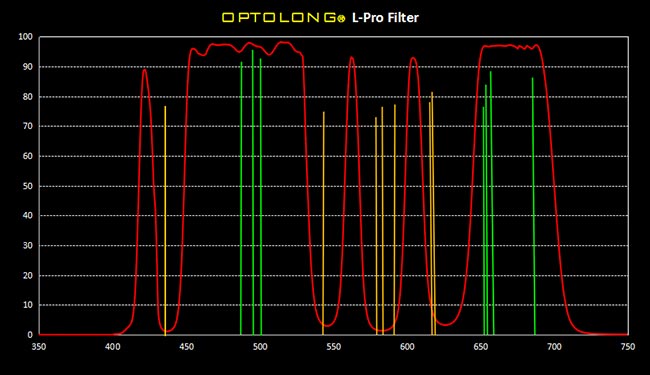Concluding from the sample image (I can't find the exif data, but I am guessing it's the Sigma 10-20mm @10mm wide open?) corner sharpness is not that great, but with the newly acquired GPS unit you probably will be able to stop down the lens a little further and this might improve the results you get. As for selling the Sigma 10-20mm lens for the Samyang 10mm prime, it depends on your photographic interests if you benefit from this trade.
If you plan to focus on astro-work a fast prime lens is more important than the versatility of a zoom in my opinion, but for landscapes or architecture the Sigma 10-20mm lens is probably more handy.
Observing your sample image I think there is some room for improvement even with the Sigma 10-20mm. When combining night sky with a foreground I usually don't do it with a single shot. I use low ISO, a slow aperture and a long shutter speed for the foreground and high ISO, fast aperture and shortish shutter speed for the night sky (as short a shutter speed as possible before the stars become lines in the image - when this is the case depends on the focal length and if you are using astrotracer or not). To get a clean night sky I usually stack around 10 pictures together to reduce the sensor noise because of the high ISO.
With the astrotracer you will have to combine at least 2 shots too, because you get motion blur in the foreground when tracking stars.
I haven't done much astrophotography myself (therefore I don't own a GPS unit) but depending on your subject even your Samyang 35mm lens can be wide enough to include foreground
K-3 + Samyang 35mm:



 Similar Threads
Similar Threads 



























